Chamomile
Plant
Chamomile
Other Name(s):
Anthemis Nobilis Flower; Matricaria chamomilla Flower; Chamaemelum nobile Flower; English Chamomile; Roman Chamomile; Hungarian Chamomile

Chamomile grows happily in sandy, to sandy-loam soil and is drought tolerant requiring just 400 mm or rainfall per season at a minimum. The flowers bloom more than once a year and a healthy crop can yield harvest for 8 months in the year.
Is Chamomile Faithful to Nature?
Yes.
Chamomile and chamomile-based ingredients are beautifully fragrant with a range of natural benefits. It can be manufactured safely and farmed very sustainably without harming the environment. It is, however, a powerful ingredient and should be used wisely.
Benefits: Why is Chamomile Used?
Relieves Anxiety
Chamomile has mild calming and anxiolytic effects.
Aids Sleep
Chamomile may help with symptoms of insomnia.
Natural Antiemetic
Chamomile may help with symptoms of nausea.
Skin Soothing
Roman chamomile may help to reduce the painful symptoms of eczema.
Chamomile is available as single-ingredient teas and essential oils but is also used in hand lotions, facial creams, soaps, bath soaks, conditioner and more.
German chamomile (Matricaria chamomilla) is the most commonly used variety for cosmetic and medicinal purposes. The individual flowers are separated from stems and leaves. The flowers can then be dried and sold as a single-ingredient tea or steam distilled to make essential oils. Because the density of chamomile essential oil is very close to water, some manufacturers opt to use solvents to separate the essential oil from the distilled water. It’s important to check that chamomile essential oil is free from any residual solvents!
The management of Generalized Anxiety Disorder (GAD) symptoms in peer-reviewed, long-term, double-blind, placebo-controlled trials suggests chamomile may have anxiolytic and antidepressant activity. Yet its mode of action remains unknown.
The Greek origins of the name “chamomile” means “earth apple” because of its distinctively sweet, apple-like fragrance.
Chamomile is part of the daisy family - Asteraceae.
According to the Department of Agriculture, Forestry & Fisheries (DAFF), essential oil producers can expect to yield just 1 - 4 kilograms of essential oil per hectare of farmland.
The indigenous South African flower - Cape Chamomile (Eriocephalus tenuifolius) can also be used to distill essential oil. It is also sometimes referred to as ‘wild rosemary’ and ‘kapokbos’.
Notice: The information provided here is not intended as medical advice and is for educational purposes only.
Products Containing Chamomile
-
sku70

-
sku62612

-
sku69
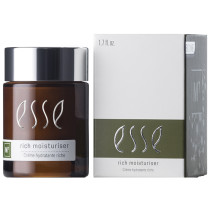
-
sku11421


-
sku8863

-
sku5471

-
sku68
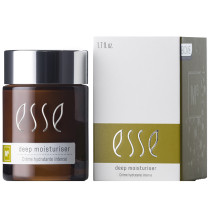
-
sku62618

-
sku121309

-
sku8849

-
sku8854
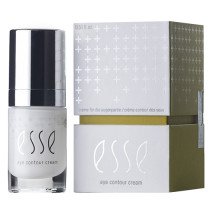
-
sku62251

-
sku69027


-
sku1935v5

-
sku67628


-
sku6267


-
sku86643

-
sku11932


-
sku9255

-
sku66476


-
sku1322
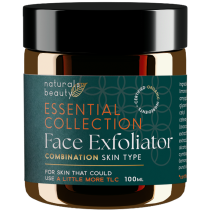
-
sku4932

-
sku137875

-
sku2020

-
sku61074

-
sku227

-
sku63246
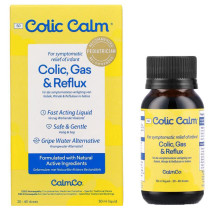
-
sku67627


-
sku8852
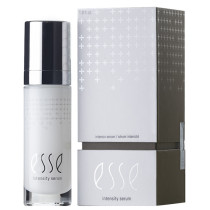
-
sku1935v4
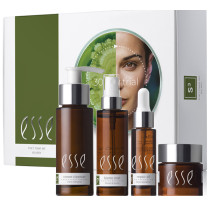
-
sku67625


-
sku8850

-
sku8851
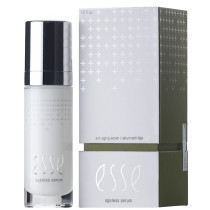
-
sku2583

-
sku1414

-
sku3679

-
sku103571

-
sku68456

-
sku137873

-
sku4927





